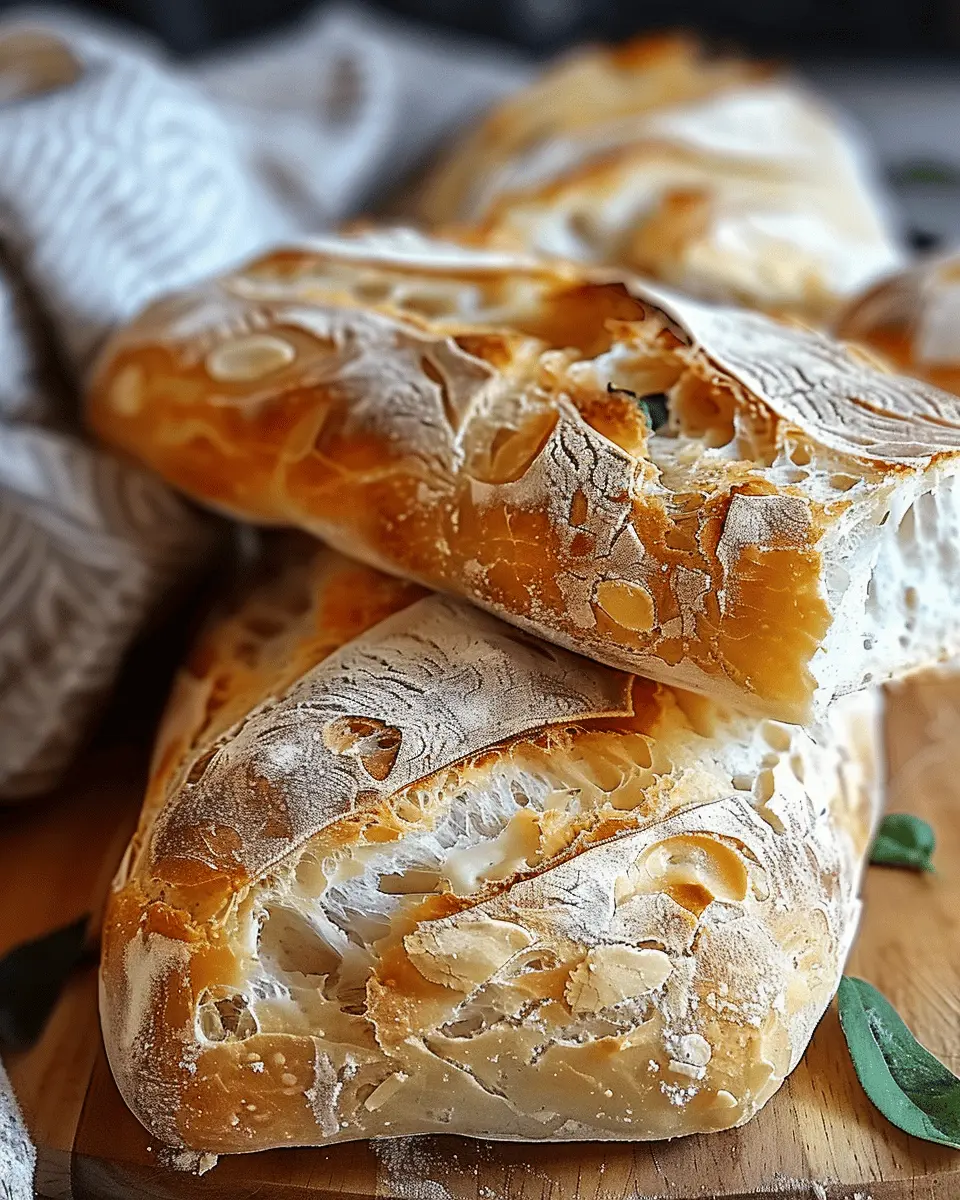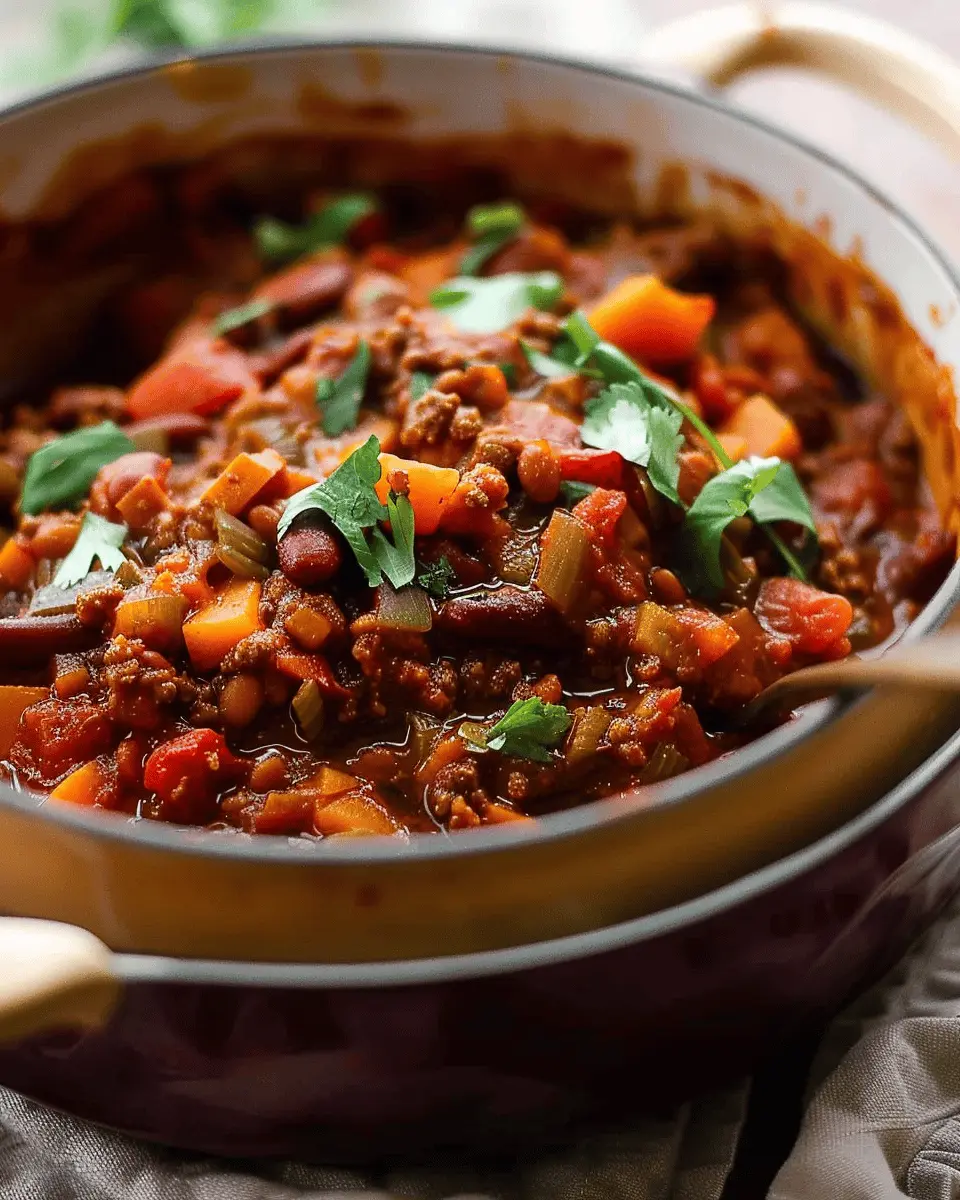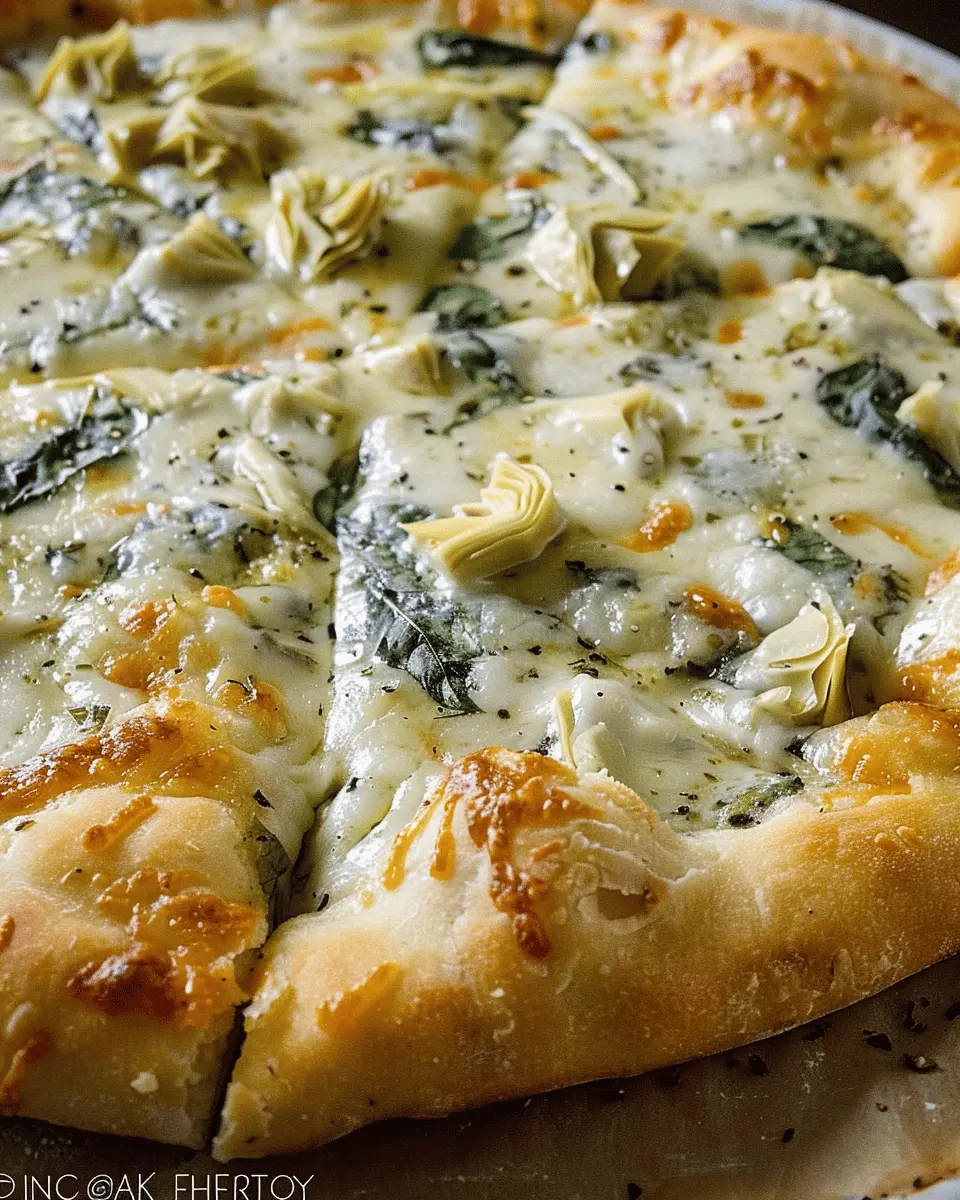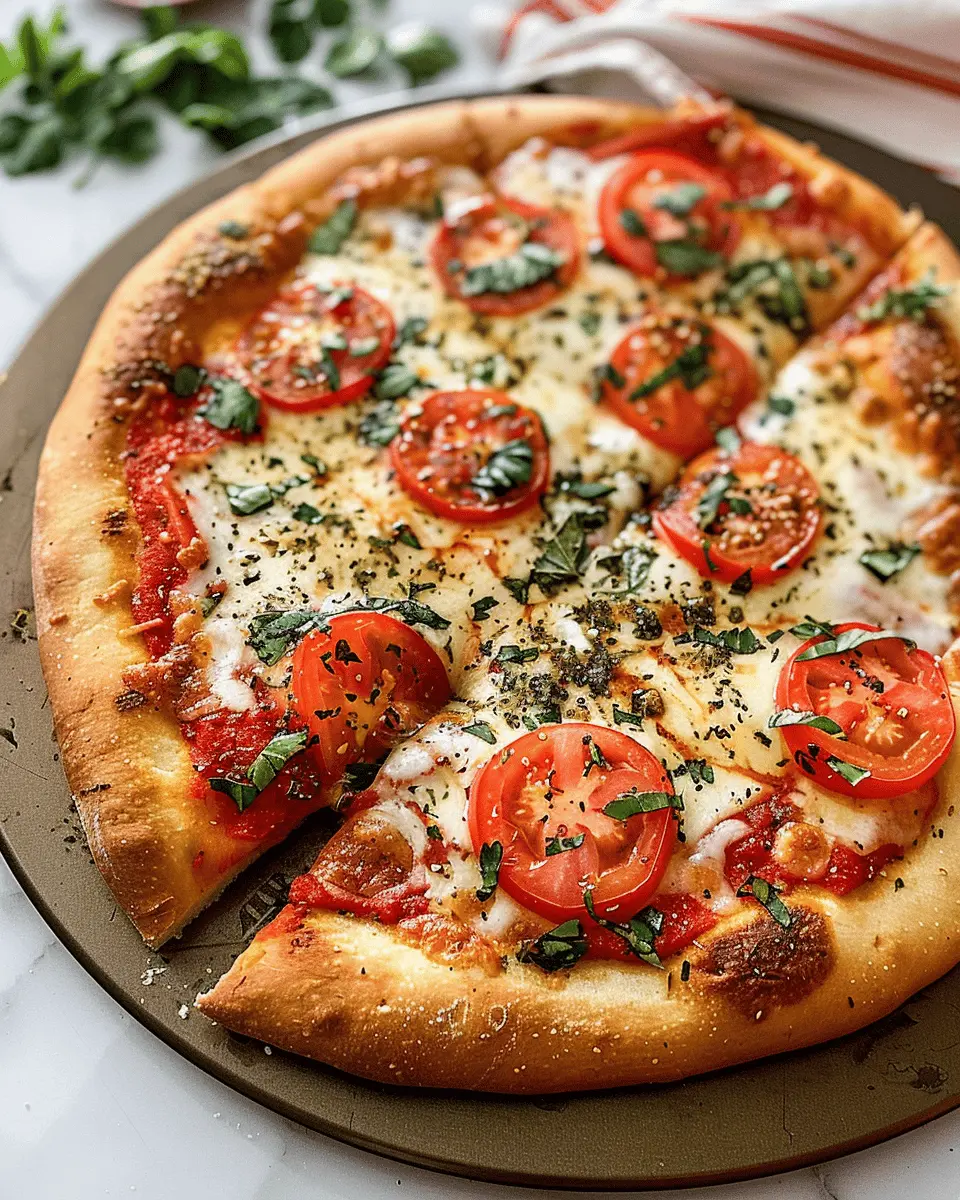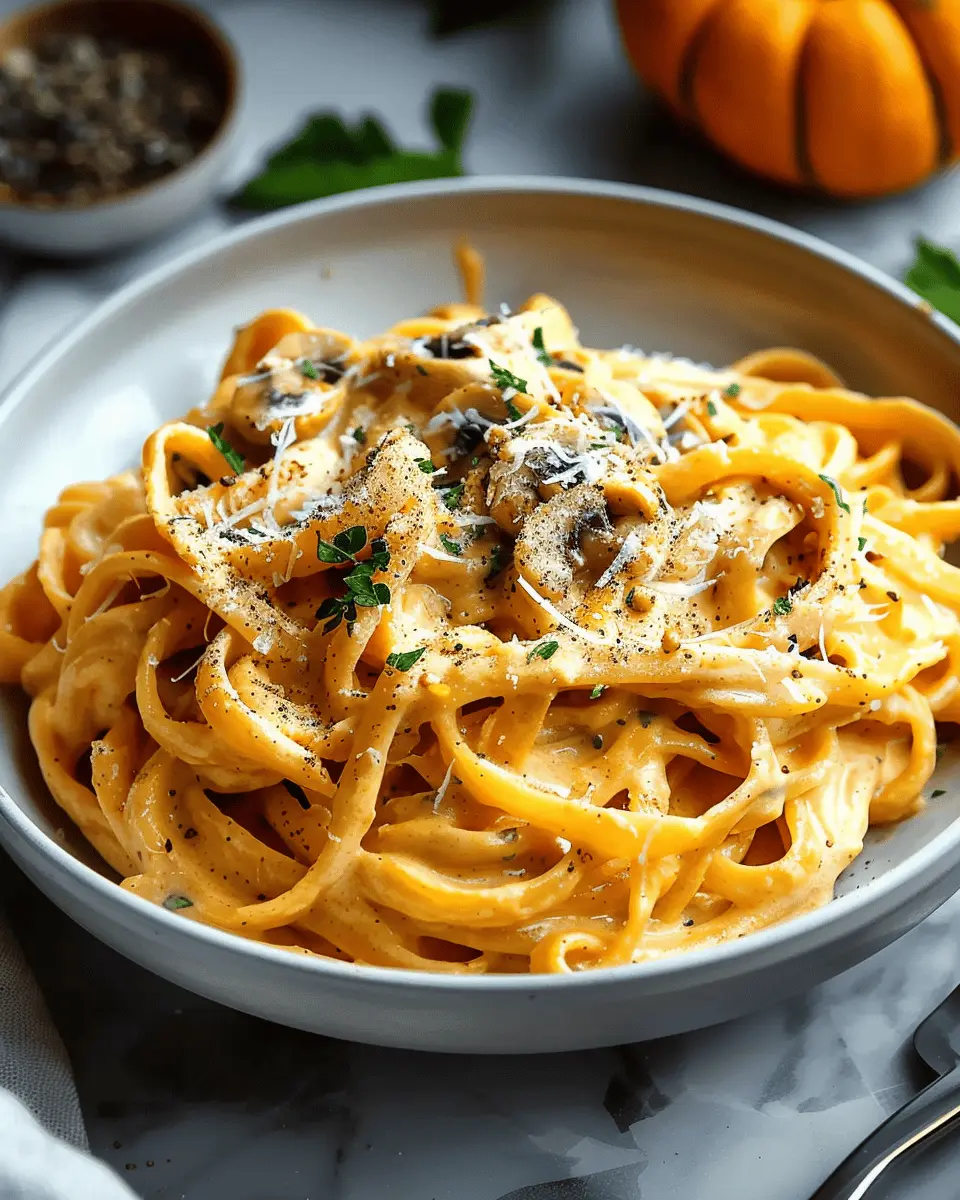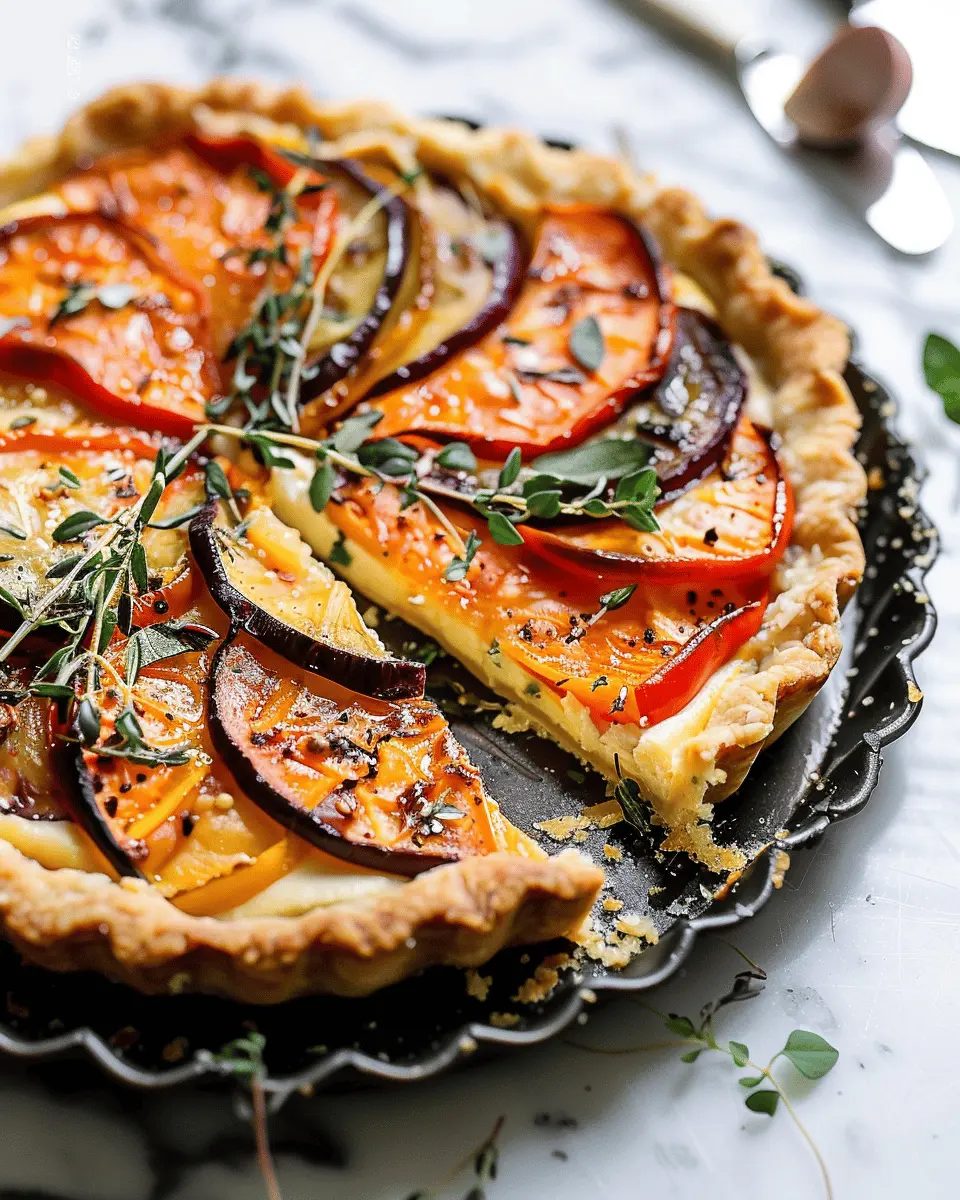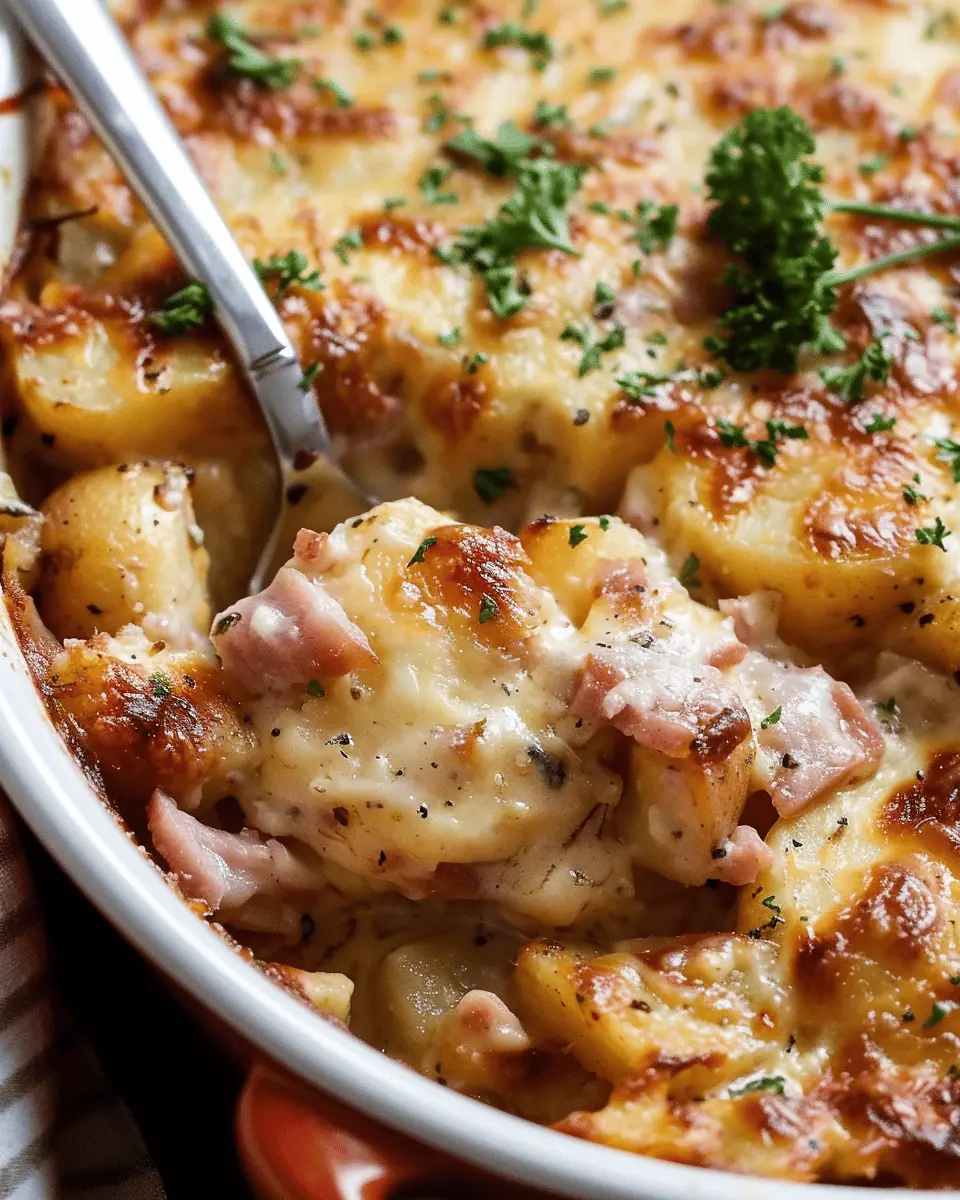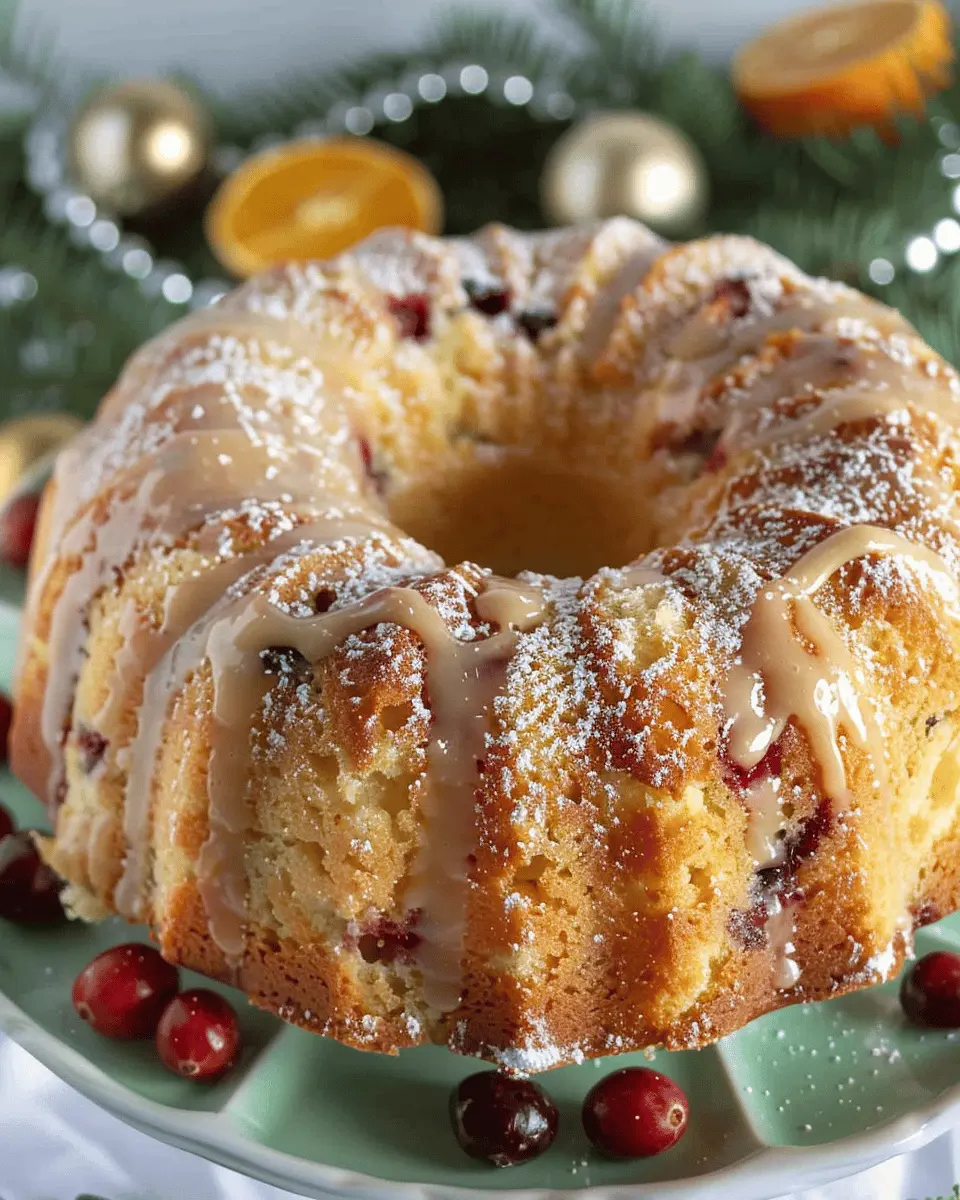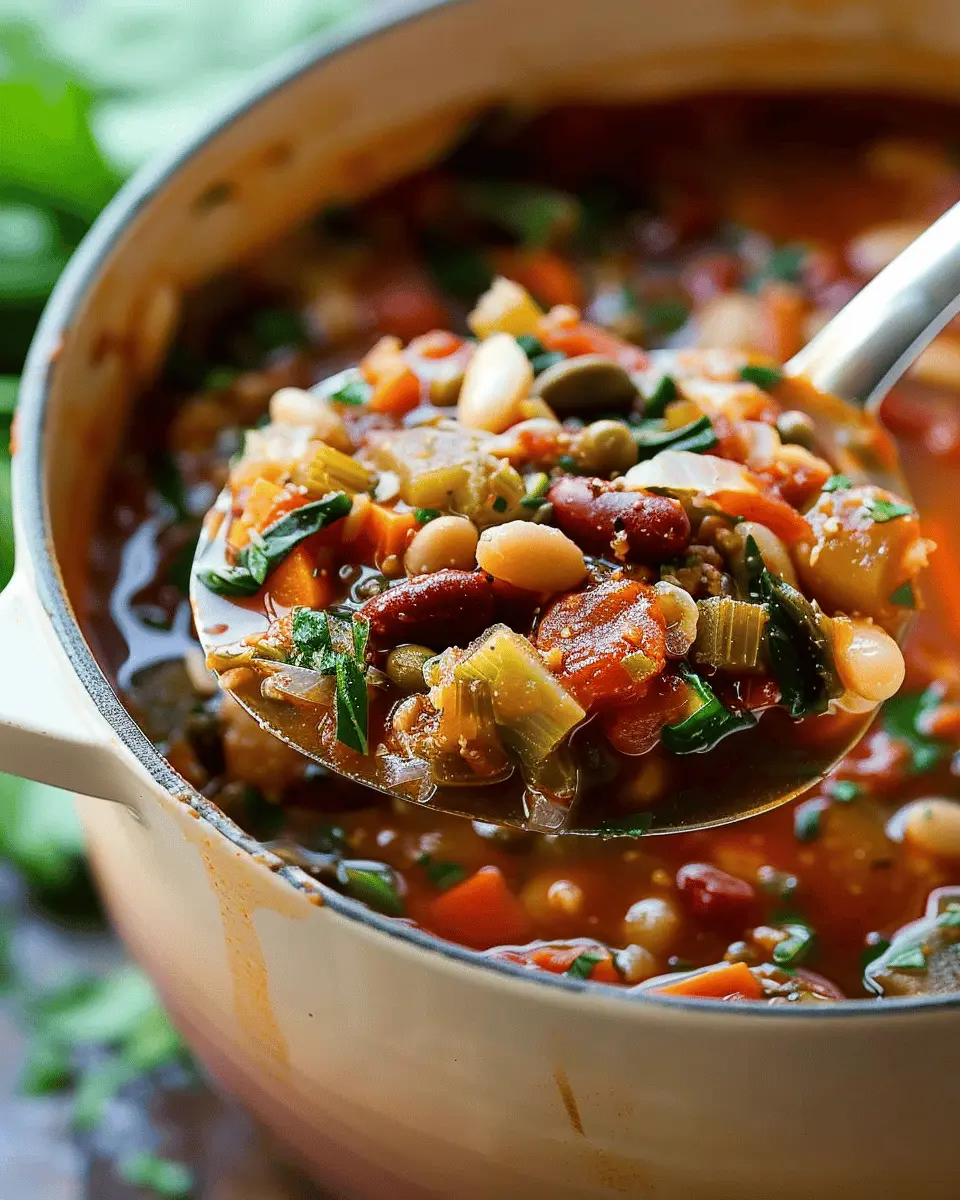Introduction to Crusty Italian Bread
If you’ve ever wandered through an Italian market or sat down at a rustic trattoria, you may have noticed crusty Italian bread stealing the show. This beloved staple is not just a sidekick to your meals; it’s a centerpiece of Italian cuisine that brings a comforting warmth to any table. What makes this bread so special? Let’s dig in.
The Allure of Crusty Italian Bread
Crusty Italian bread has a unique charm that transcends mere sustenance. Made from simple ingredients like flour, water, salt, and yeast, it reveals its magic through the art of slow fermentation. This process allows the dough to develop complex flavors and a chewy texture, creating that tantalizing crispy crust we all crave. It’s no wonder that in Italy, bread is often considered the heart of every meal.
- Perfect Pairing: Whether you’re enjoying a bowl of minestrone or a plate of pasta al pomodoro, crusty bread serves as the perfect companion. Its robust crust holds up well for dipping or mopping up sauces, ensuring you savor every last bit of deliciousness.
- Health Benefits: Whole grain variations, like ciabatta or pane integrale, provide those extra nutrients, making it a wholesome choice.
A Culinary Tradition
The art of baking crusty Italian bread has been passed down through generations, with bakers perfecting their techniques over time. Regions across Italy boast their own distinct styles, from the airy focaccia in Liguria to rustic pane di Altamura from Puglia. According to experts, this diversity in regional breads showcases local ingredients and traditions, making each loaf a story in itself.
Why Bake It Yourself?
Now, you might wonder, “Why not just buy it from the store?” Well, baking your own crusty Italian bread is incredibly rewarding. The aroma that fills your kitchen, the satisfaction of kneading the dough, and the joy of breaking bread fresh from the oven are unparalleled experiences. Plus, when you make it yourself, you can customize the flavors and ingredients to suit your palate.
As you explore the world of crusty Italian bread, prepare to be amazed by the depth of flavor and texture that this humble loaf can bring to your meals. Whether enjoyed alone with olive oil or paired with vibrant dishes, it truly is a culinary delight that deserves a place in your home.
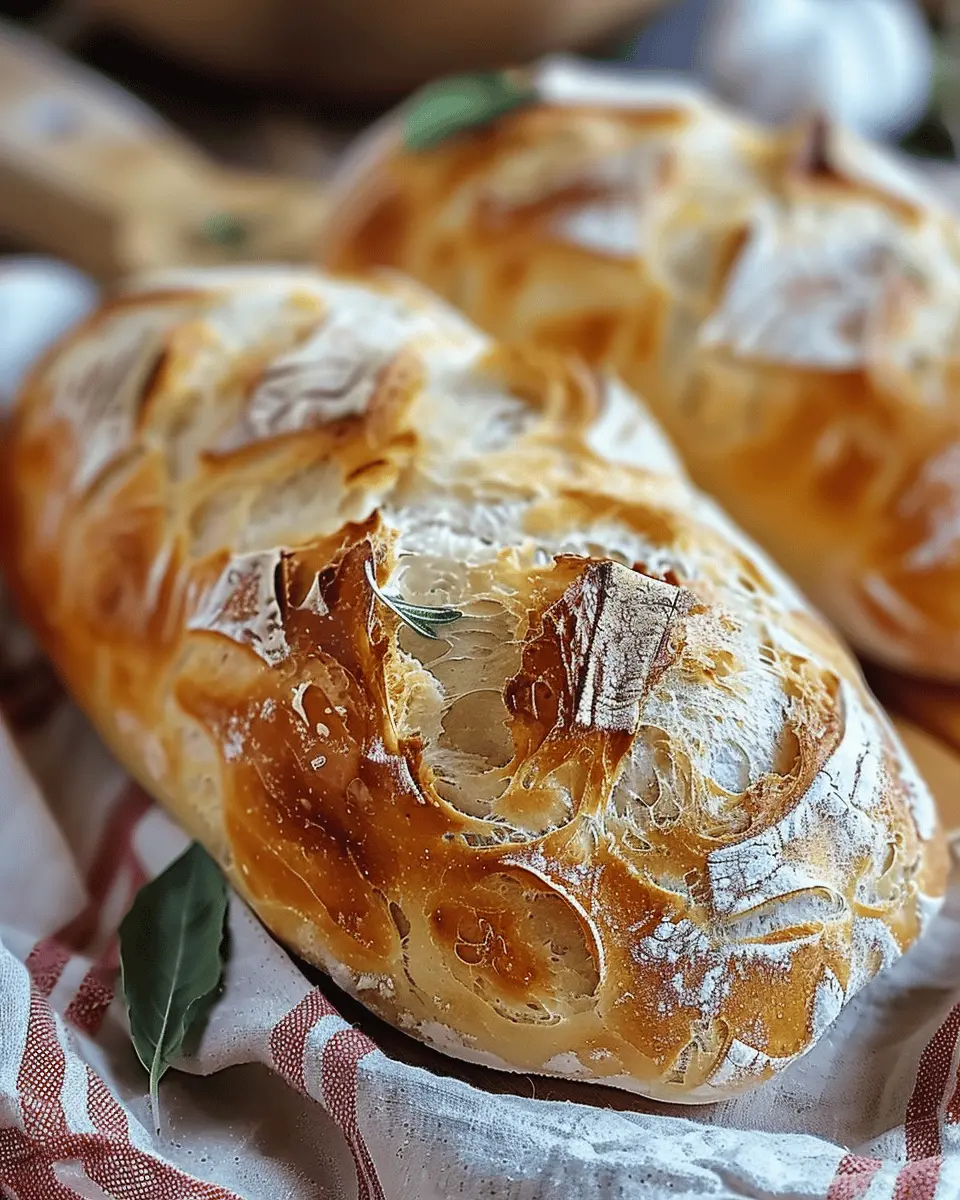
Ingredients for Crusty Italian Bread
When it comes to baking crusty Italian bread, selecting the right ingredients is crucial to achieving that perfect texture and flavor. Let’s break it down!
Essential Ingredients
- Flour: Start with high-quality bread flour; it has the right protein content to create that gorgeous structure. You can also use a mix of all-purpose flour to give it a softer crumb.
- Water: Use filtered water at room temperature. The hydration level is key for achieving a crusty exterior and a chewy interior.
- Yeast: Opt for instant yeast; it’s reliable and gives your dough a little boost, helping it to rise beautifully.
- Salt: Don’t skip this! Salt enhances flavor and strengthens gluten in the dough, creating a fantastic chew.
Optional Add-ins
- Olive Oil: While traditional recipes may not call for it, a splash can add depth and richness. Try using extra virgin for additional flavor.
- Herbs and Spices: Feel free to incorporate dried herbs like rosemary or thyme for a unique twist.
These ingredients combine effortlessly to create a loaf that’s not only crusty on the outside but also wonderfully airy on the inside. For tips on choosing the best flour, check out this guide on flour types. Happy baking!
Preparing Crusty Italian Bread
If you’re ready to embark on a baking adventure, making crusty Italian bread is an incredibly rewarding experience. With just a few basic ingredients and a bit of time, you can create a loaf that’s perfect for sandwiches, dipping in olive oil, or simply enjoying fresh with a pat of butter. Let’s dive into the preparation!
Gather your ingredients
Before you get started, it’s essential to have everything in place. For an exceptional loaf of crusty Italian bread, you’ll need the following:
- 4 cups of all-purpose flour (plus extra for dusting)
- 1 tablespoon of salt
- 2 teaspoons of sugar
- 1 package (2 ¼ teaspoons) of active dry yeast
- 1 ½ cups of warm water (around 110°F or 43°C)
- Optional: a bit of olive oil for added flavor
Having these ingredients handy ensures a smooth baking process. Pro tip: invest in a digital kitchen scale for precise measurements, especially when it comes to flour.
Activate the yeast
To achieve that perfect rise, we first need to activate our yeast. In a small bowl, combine the warm water and sugar, then sprinkle the yeast over the top. Let it sit for about 5-10 minutes until it becomes frothy. This step is crucial, as it shows that your yeast is alive and kicking! If you’re curious about the science of yeast, this article offers some fantastic insights.
Mix the dough
In a large mixing bowl, combine the flour and salt. Add the frothy yeast mixture and use a wooden spoon to mix until a shaggy dough forms. At this point, don’t worry about getting everything perfectly combined; it will come together in the next step.
Knead to perfection
Transfer the dough onto a lightly floured surface. Here comes the fun part! Knead the dough for about 8-10 minutes until it’s smooth and elastic. The dough should spring back when you poke it with your finger. This elasticity is what gives our crusty Italian bread its characteristic crust. If you’ve never kneaded dough before, it’s a workout for sure, but the results are well worth it!
First rise of the dough
After kneading, place the dough in a lightly greased bowl and cover it with a clean kitchen towel. Let it rise in a warm spot for about 1-2 hours or until it doubles in size. This is a great time to tidy up your kitchen or prepare a delicious dippy herb oil for later!
Shape the loaf
Once your dough has risen beautifully, turn it out onto a floured surface. Gently press it down to remove the air bubbles, then shape it into a round or oval loaf, based on your preference. Don’t overhandle; you want to keep those lovely air pockets inside.
Second rise before baking
Transfer your shaped loaf onto a parchment-lined baking sheet. Cover it again with the kitchen towel and let it rise for an additional 30 minutes to an hour. This second rise is essential for achieving that lovely airy interior.
Preheat the oven
While your dough enjoys its second rise, preheat your oven to 450°F (232°C). Baking bread is as much about timing as it is about temperature, so make sure your oven is hot enough to create that crust we all love.
Score the loaf
Once the dough has risen again, take a sharp knife or a baker’s lame and score a few shallow slashes on the top. This helps the bread expand as it bakes and creates that rustic look. Plus, it’s just plain fun to do!
Bake to golden perfection
Place your loaf in the hot oven and bake for about 25-30 minutes, or until it’s golden brown and sounds hollow when tapped on the bottom. If you love crusty bread as much as I do, consider placing a shallow pan of water on the bottom rack while baking to create steam—this adds to that delectable crust.
Let your crusty Italian bread cool for a bit before slicing; the wait is worth it. Enjoy it on its own or with your favorite spreads, and revel in the satisfaction of homemade bread!
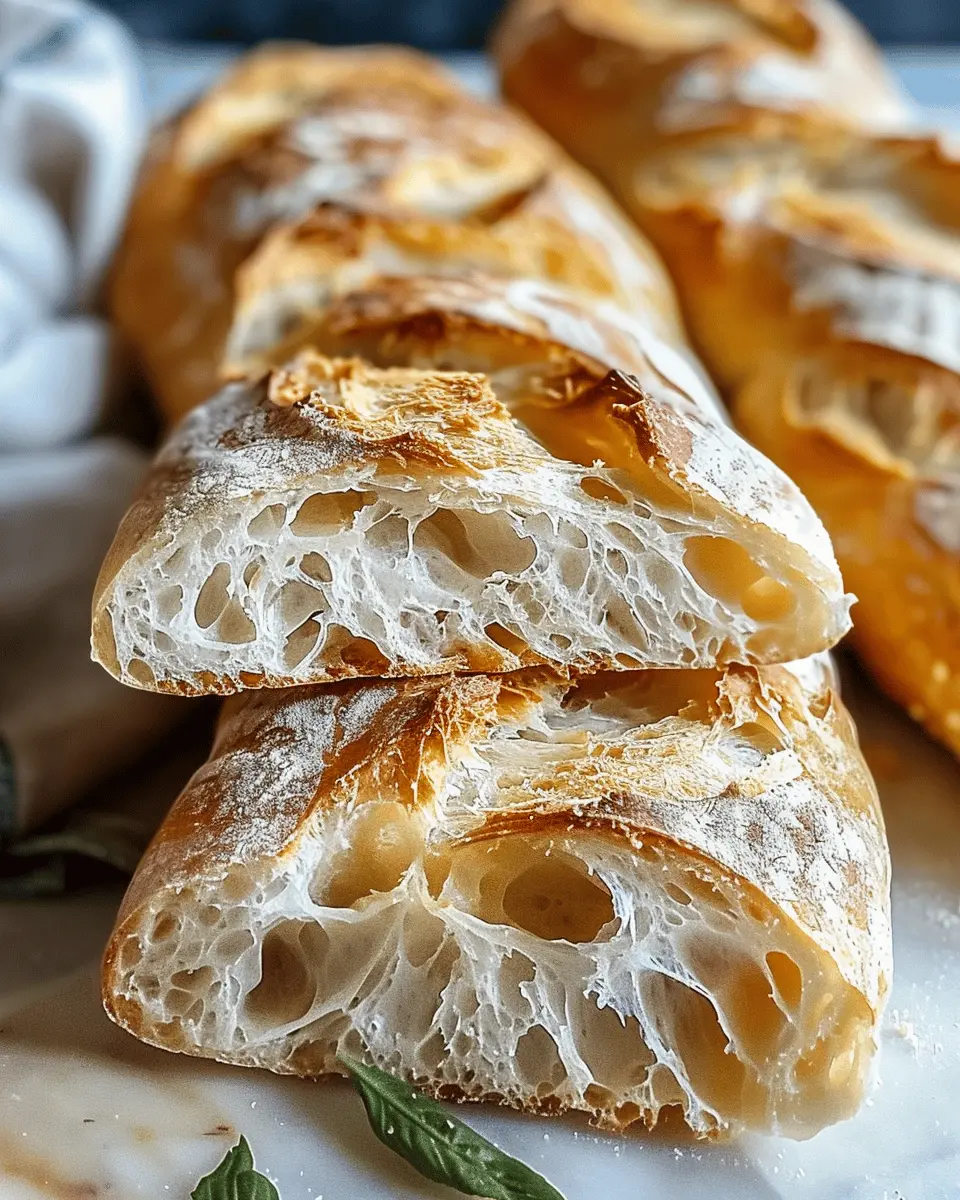
Variations on Crusty Italian Bread
When you think of crusty Italian bread, it’s easy to envision that perfect loaf with a golden, crunchy crust and a warm, chewy interior. But there’s so much more to explore! Here are two delightful variations that can elevate your baking game.
Herbed Crusty Italian Bread
Imagine slicing into a loaf infused with aromatic herbs. Adding fresh or dried herbs like rosemary, thyme, or basil can transform your crusty Italian bread into a Mediterranean delight. Simply mix 2-3 tablespoons of your favorite herbs into the dough during the initial mixing phase.
- Fresh herbs: Use them sparingly; they pack a punch!
- Dried herbs: They can be added in larger quantities since they release flavor differently.
This variation is perfect for pairing with olive oil for dipping or as a side for your pasta dishes. You can even use it for sandwiches featuring turkey bacon or roasted vegetables for a flavor-packed meal.
Whole Wheat Crusty Italian Bread
For those looking to add some wholesome goodness to their diet, whole wheat crusty Italian bread is a fantastic option. Using whole wheat flour not only increases the fiber content but also adds a nuttier flavor.
- Mixing ratios: Combine 50% whole wheat flour with 50% all-purpose flour to keep the bread from being too dense.
- Hydration: Whole wheat flour absorbs more water, so you may need to slightly increase the water in your recipe.
This hearty bread is perfect for toasting and can serve as a base for spreads or topped with chicken ham and veggies.
By trying these variations, you can enjoy satisfying loaves that cater to your preferences and nutritional goals! If you’re interested in diving deeper into bread-making techniques, consider checking out King Arthur Baking’s extensive resources. Happy baking!
Baking Notes for Crusty Italian Bread
Baking crusty Italian bread at home might seem intimidating, but it’s truly a rewarding experience that pays off with delicious, aromatic results. Here are some handy tips to ensure your bread turns out perfect every time.
Understanding Hydration
Bread dough is all about hydration. A higher hydration level often leads to lighter, airier loaves with a crispy crust. Don’t be afraid to experiment with water ratios; just remember, wetter dough can be harder to handle.
Kneading Technique
Proper kneading is crucial. Aim for about 10-15 minutes of kneading to develop gluten. If you’re short on time, a stretch and fold technique works well too. Curious about the science behind gluten? Check out this informative article on gluten development.
Scoring for Aesthetic and Texture
Don’t overlook scoring your crusty Italian bread. This not only adds a rustic look but allows the bread to expand while baking, making for an even better texture.
Storage Tips
Once your Italian bread has cooled, store it in a paper bag to maintain that delightful crust. Avoid plastic bags, as they can make the crust soft and chewy.
With these notes in mind, you’re all set to create your own crusty Italian bread. Enjoy the process as much as the result!
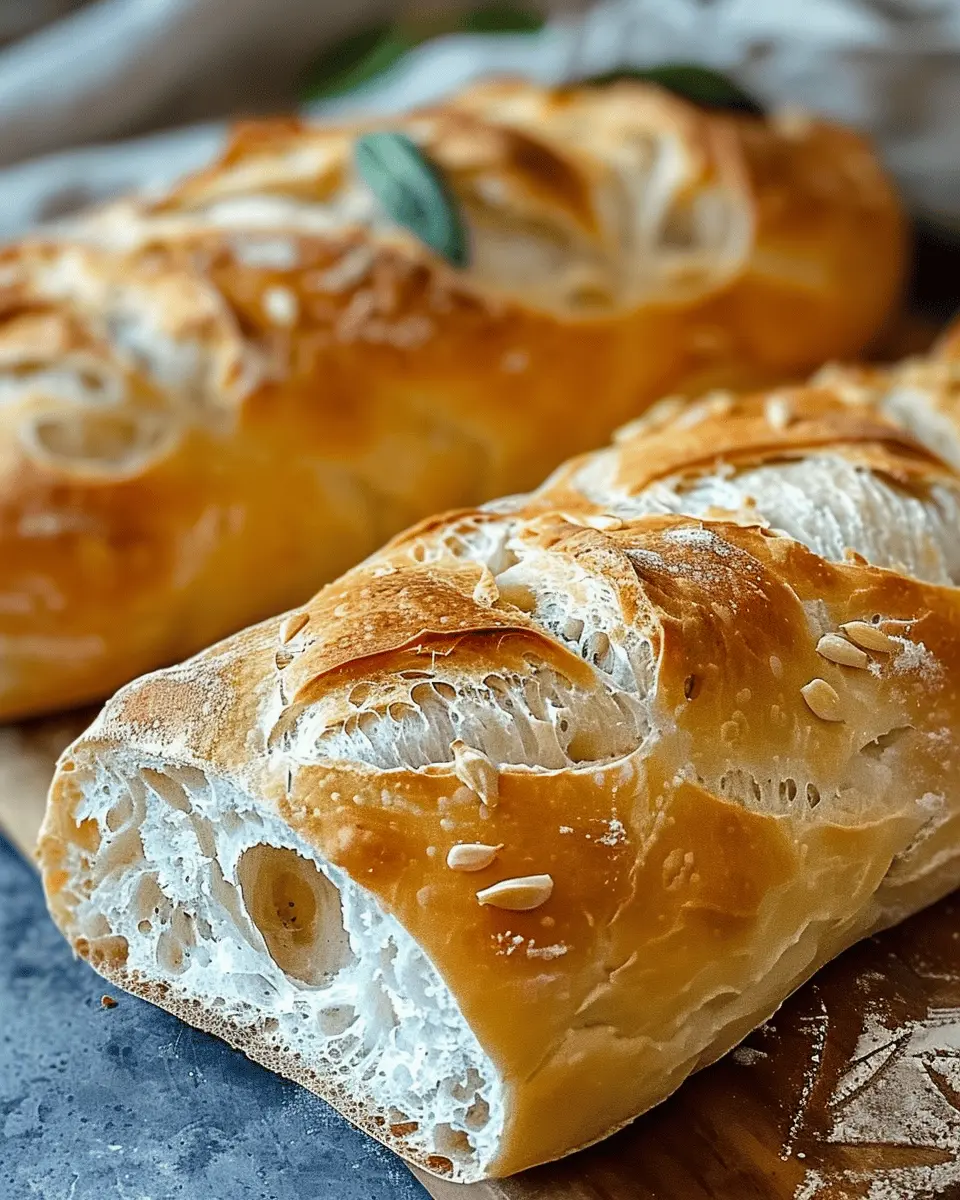
Serving Suggestions for Crusty Italian Bread
When it comes to enjoying crusty Italian bread, the options are virtually endless! This versatile loaf can elevate any meal or snack. Here are a few delicious serving suggestions to try.
Perfect Pairings
-
Bruschetta: Top slices of crusty Italian bread with a fresh tomato-basil mixture for an instant appetizer. The bread’s texture holds up beautifully against the juicy toppings, making each bite delightful. For a twist, mix in some diced avocados or olives.
-
Sandwiches: Use thick slices to craft a hearty sandwich filled with turkey bacon, chicken ham, and a zesty spread. A dollop of pesto or a tangy aioli can take it to the next level!
-
Dipping Delight: Serve warm slices alongside a bowl of olive oil or balsamic vinegar for dipping. This simple yet satisfying combination makes a classy starter at any gathering.
Salad Companion
Integrate crusty Italian bread into your salads by cutting it into croutons. Toast them lightly, toss them into a refreshing salad, and watch everyone go back for second helpings.
For more ideas on using homemade bread in everyday meals, check out resources like The Spruce Eats or Bon Appétit.
Let your imagination run wild, and bring a bit of Italian flair to your dining table!
Tips for Making Perfect Crusty Italian Bread
Creating crusty Italian bread is a labor of love, and with a few expert tips, you can achieve that enchanting crust and airy crumb. Here’s how:
Prioritize Quality Ingredients
When it comes to making bread, the quality of your ingredients matters more than you might think. Opt for high-protein flour, preferably “bread flour,” as it will give your bread strength and a better rise. Additionally, using fresh yeast—available in most grocery stores—can make a significant difference in flavor and texture.
Hydration is Key
A wetter dough isn’t just a challenge to work with; it’s essential for that beautiful crust. Aim for a hydration level of about 70%. The more water in the dough, the larger the air bubbles formed during fermentation, and the crispier your crust will be when it bakes.
Master the Steam
Steam is your best friend when baking crusty Italian bread. Placing a shallow pan filled with water at the bottom of your oven creates the perfect humid environment, allowing the bread to expand and develop a crispy crust. Alternatively, misting the dough just before baking works wonders too.
Patience Pays Off
Don’t rush the rising and fermentation stages. They are crucial for flavor development! For an even better taste, consider an overnight bulk fermentation.
For deeper insights into baking techniques, check out resources from The Bread Lab, which focuses on innovative approaches to grain and bread production. By following these guidelines, you’ll be well on your way to crafting crusty Italian bread that impresses friends and family alike!
Time details for Crusty Italian Bread
Preparation time
Getting ready to make your crusty Italian bread only takes about 20 minutes. Gather all your ingredients and tools, and don’t forget to measure everything accurately for the best results.
Rising time
Once you’ve kneaded the dough, let it rise for approximately 1 to 1.5 hours. This step is crucial—patience is key! Allowing the dough to double in size will give you that delightful texture.
Baking time
Your crusty Italian bread will need about 30-35 minutes in the oven. Keep a close eye, and you’ll know it’s ready when it boasts a golden-brown crust.
Total time
In total, preparation, rising, and baking will take around 2 to 2.5 hours. While it might seem like a commitment, the aroma of freshly baked bread is absolutely worth it! Plus, you can enjoy the downtime by creating the perfect spread to accompany your bread. For tips on ideal pairings, check out this guide to bread spreads from the Food Network.
So grab your apron and get started—nothing beats the satisfaction of homemade bread!
Nutritional information for Crusty Italian Bread
When it comes to enjoying a warm slice of crusty Italian bread, understanding its nutritional profile can help you appreciate it even more. Here’s a quick glance at what you’re savoring!
Calories
A serving of crusty Italian bread typically contains around 120-150 calories, making it a hearty choice for any meal.
Carbohydrates
This bread is rich in carbohydrates, with approximately 25-30 grams per slice. Carbs are essential for providing energy, so this makes a fantastic base for your favorite toppings! For more insights on carbs, check out the World Health Organization.
Sodium
When it comes to sodium, you can expect about 200-250 milligrams per serving. While it’s an important mineral, moderation is key. To keep an eye on your sodium intake, the American Heart Association offers great resources!
Embracing the deliciousness of crusty Italian bread is not just about taste but understanding its nutritional value too. Happy baking!
FAQs about Crusty Italian Bread
Baking crusty Italian bread at home can be deeply satisfying, but questions can inevitably arise during the process. Here are some frequently asked questions to help you navigate your bread-making journey.
How can I achieve a crustier crust?
To enhance the crustiness of your crusty Italian bread, consider the following tips:
- Steam is key: Place a pan of water in the oven while the bread bakes. This steam will create that desirable crispy crust as it interacts with the dough.
- Preheat thoroughly: Ensure your oven is fully preheated to a high temperature (450°F or 232°C) before baking. A hot oven helps develop a good crust.
- Use a baking stone or steel: These tools retain heat better than a regular baking tray, promoting a crispy exterior.
Why is my bread dough not rising?
If you’re experiencing issues with rising dough, a few common culprits might be at play:
- Yeast problems: Ensure your yeast is fresh. Old or expired yeast can prevent your dough from rising effectively.
- Temperature: Dough rises best in a warm environment. If your kitchen is too cold, consider putting the dough in a slightly warm oven or a sunny spot.
- Flour hydration: Make sure you’re measuring your ingredients accurately; too much flour can lead to dense bread.
For more in-depth information, check out baker resources like King Arthur Baking Company.
Can I freeze crusty Italian bread?
Yes, you can indeed freeze crusty Italian bread! To do so effectively:
- Make sure the bread is completely cooled before wrapping it in aluminum foil or freezer-safe plastic. This prevents ice crystals from forming.
- Slice before freezing: This allows you to take out only what you need without defrosting the whole loaf.
When you’re ready to enjoy, simply thaw at room temperature and reheat it in the oven for that just-baked taste!
Conclusion on Crusty Italian Bread
Creating your own crusty Italian bread at home is not just a culinary task; it’s an experience filled with warmth and satisfaction. The crusty exterior and soft, airy inside make it perfect for soaking up sauces, pairing with your favorite cheese, or simply enjoying with a drizzle of olive oil. Whether you’re hosting a cozy dinner or making a hearty sandwich with chicken ham and turkey bacon, this bread elevates any meal. Plus, it’s a fantastic way to impress friends and family. So, roll up your sleeves and start baking today—your kitchen might just become your favorite spot!
For additional insights, check out King Arthur Baking for expert tips and more great recipes.
If you’re curious about different variations, consider experimenting with herbs or whole grains—let your creativity shine!
PrintCrusty Italian Bread: The Best Homemade Recipe You’ll Love
Learn to make the best homemade crusty Italian bread that everyone will love.
- Prep Time: 15 minutes
- Cook Time: 35 minutes
- Total Time: 2 hours 50 minutes
- Yield: 1 loaf 1x
- Category: Bread
- Method: Baking
- Cuisine: Italian
- Diet: Vegetarian
Ingredients
- 4 cups all-purpose flour
- 1.5 cups warm water
- 2 teaspoons instant yeast
- 1 tablespoon salt
Instructions
- In a large bowl, combine the flour, yeast, and salt.
- Stir in warm water until a shaggy dough forms.
- Cover the bowl and let it rise for 1-2 hours until doubled in size.
- Preheat the oven to 450°F (230°C).
- Shape the dough into a loaf and place it in a floured baking pan.
- Allow the dough to rise for another 30-45 minutes.
- Bake for 30-35 minutes until golden brown and crusty.
Notes
- For a crispier crust, place a pan of water in the oven during baking.
- Let the bread cool completely before slicing for best results.
Nutrition
- Serving Size: 1 slice
- Calories: 120
- Sugar: 0g
- Sodium: 460mg
- Fat: 1g
- Saturated Fat: 0g
- Unsaturated Fat: 1g
- Trans Fat: 0g
- Carbohydrates: 25g
- Fiber: 1g
- Protein: 4g
- Cholesterol: 0mg
Keywords: Crusty Italian Bread, homemade bread, baking
